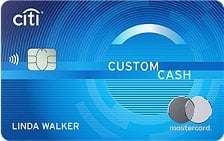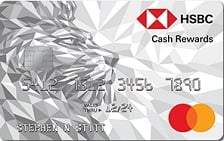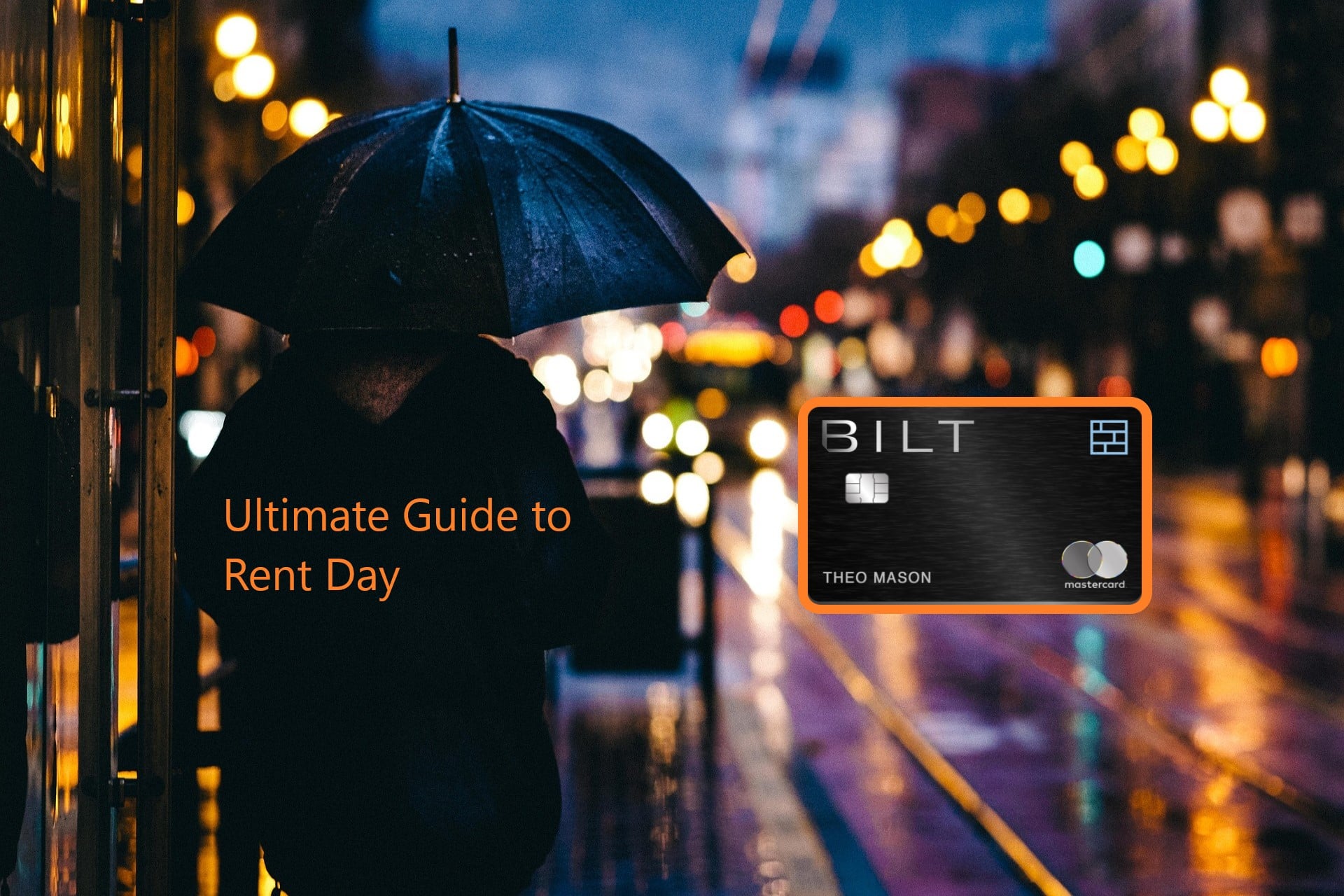Last updated on April 24th, 2024
Credit cards, while exceedingly popular in the US, aren’t limited to just between our borders. Different countries provide differing credit card ownership experiences – especially true of US and Canadian credit cards. The Canadian and US credit card markets are vastly different – here is how they differ:
How Do American and Canadian Credit Cards Compare?
Here are four key ways in which Canadian credit cards differ from US credit cards:
Annual Fees
One of the most noticeable differences between US and Canadian credit cards is their fees. Canadian credit cards are much more likely to charge an annual fee than American credit cards. Sure, there are plenty of rewards cards in the US that charge an annual fee. Still, beyond secured credit cards or credit cards for rebuilding credit, most basic US credit cards feature no annual fee.
Fortunately, annual fees are beginning to disappear from Canadian credit card issuers. Still, be wary of the fees associated with Canadian credit cards before applying – even if the card doesn’t offer rewards.
Rewards
The rewards category is the biggest difference between credit cards from the United States and credit cards from Canada. In general, American credit cards are far more generous with rewards than Canadian card options.
Most Canadian credit cards without an annual fee do not provide rewards beyond 0.5% and 1.5% cash back on eligible purchases. In comparison, hundreds of US credit cards offer cash back of 5% – without the annual fee. Here is a practical example of two no annual fee, cash back credit cards: The HSBC Cash Rewards Mastercard® from Canada and the Citi Custom Cash℠ Card from the United States:
 Citi Custom Cash℠ Card |
 HSBC Cash Rewards Mastercard® |
|
|
As you can see, the Custom Cash provides significantly more rewards than its Canadian counterpart. The 5% back of the Custom Cash easily trumps the 1.5% back on online purchases (which is capped) and 1% back on select other purchases. While the HSBC Card provides over 12% back on purchases, this is for a short period (180 days) and only applies on the first $1,000 purchases – meaning HSBC caps rewards at $125.
American credit card rewards offer greater flexibility vs. Canadian reward points. The rewards programs from larger banks in the US (Chase Ultimate Rewards, Citi ThankYou Rewards, Amex Membership Rewards, etc.) provide greater value and more flexibility than partner programs north of the border.
Take Amex Membership Rewards, for example. The Canadian program does not offer booking with MR points, instead offering “Use Points for Purchases” – like how points work on merchandise and statement credits. This service is called “Amex Flexible Points Travel Program.” Additionally, the Canadian program does not offer the same breadth of transfer partners, with the Canadian Amex offering Air Canada Aeroplan, while the US version of the Amex Membership Rewards program offers transfers to 20 partners, including Air Canada.
Fewer Options
On the other hand, the Custom Cash is not unique to other US cash back credit cards. Chase, Bank of America, and Discover offer similar, no annual fee card products. There are thousands of cash back options to select from south of the forty-ninth parallel.
Canadian banks offer fewer credit cards than American banks, and it is easy to see why. The United States is ten times as populous as Canada, according to data from the 2020 census, with only 37 million Canadians versus over 330 million Americans. Not only that, but roughly two-thirds of the population of Canada live within 60 miles (or 100 km for our Canadian friends) of the border, meaning an American credit card might make more sense depending on work and shopping preferences.
Interest Rates
Interest rates, or the APR on credit cards, are another way US credit cards differ from Canadian cards. The typical purchase APR on a Canadian credit card is higher than found on a US credit card. The current average purchase APR in Canada is around 21.74% as of August 2022. In comparison, the average APR on an American credit card for someone with a “good” credit score is currently around 19%. Not only that but there are countless more 0% intro APR credit cards in the US vs. Canada.
Are there Cross-Border Credit Cards?
So what can Canadians do if they spend part of their time in the United States or are planning to move to the United States while maintaining Canadian citizenship? Some cross-border banking options for Canadians include options from TD Bank and Royal Bank of Canada (RBC Bank).
TD Bank (now Truist) offers the TD US Dollar Visa* Card. The cross-border card eliminates credit card foreign currency conversion rates and fees when making purchases or paying for bills in US Dollars and charges a $39 US annual fee (waived with Borderless Plan).
RBC offers two cross-border credit cards, the RBC Visa Signature Black and RBC Visa Signature® Black Plus. Beyond two credit cards for the American market, RBC also hails itself as the only US-based bank specifically designed for Canadians, first offering these services in 2005.
Summary
While you might think a credit card in Canada is the same as a credit card in the United States (after all, a credit card is a credit card, right?), they differ significantly.
The most significant differences with Canadian credit cards are the annual fees they charge and the rewards they offer. Canadian credit cards are much more likely to charge an annual fee – even if the card is unsecured and offers only basic rewards. Take the TD US Dollar Visa listed above, for example. That card charges a $30 annual fee, but only provides basic cash back and a fixed APR.
The value of rewards also differs, with American credit cards offering greater versatility for award travel. The Amex Membership Rewards program in the US features 20 transfer partners, while the Canadian version offers only Air Canada. Additionally, most Canadian rewards credit cards are cash back, eschewing reward points like airline miles or hotel points.
Finally, there is a much greater selection of credit cards for American audiences versus their Canadian counterparts. Canadian credit cards feature higher interest rates than American credit cards on average. However, post-Covid inflation is quickly eroding this distinction.
So, suppose you are a Canadian citizen that spends the winter month sin the balmy climbs of the American South. In that case, you might want to consider opening an American credit card with a local bank instead of using a Canadian company, like TD or RBC. It may provide some headaches with foreign transaction fees and other charges. Still, it could save you money when booking an award flight or luxury getaway – even in Canada!
Related Article: Who Can Apply for a U.S. Credit Card?
Featured image by miguelbarrera3/pixaBay
Editorial Disclosure – The opinions expressed on BestCards.com's reviews, articles, and all other content on or relating to the website are solely those of the content’s author(s). These opinions do not reflect those of any card issuer or financial institution, and editorial content on our site has not been reviewed or approved by these entities unless noted otherwise. Further, BestCards.com lists credit card offers that are frequently updated with information believed to be accurate to the best of our team's knowledge. However, please review the information provided directly by the credit card issuer or related financial institution for full details.



